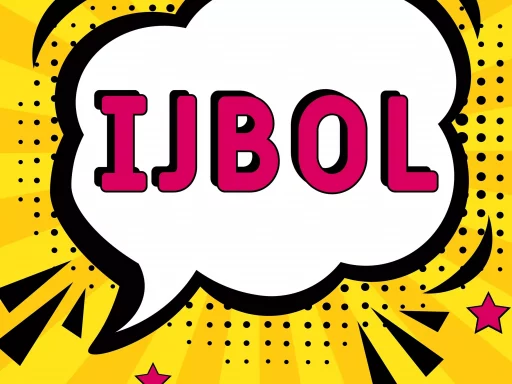Understanding Recount Text: An Overview
Recount texts serve a fundamental role in both speech and writing. Their primary purpose is to retell events, experiences, or activities chronologically. By sharing details about the past, recounts help preserve memories and convey narratives to an audience.
Why Use Recount Text?
Recount texts are not just simple stories; they play a vital role in communication for various reasons:
- Sharing Experiences: They allow individuals to share personal experiences that can be relatable or informative to others.
- Preserving Memories: Recounts serve to document events, preserving them for future reference or enjoyment.
- Building Connections: By recounting events, storytellers tap into shared experiences that can foster connection and understanding.
- Teaching Lessons: Recounts can impart valuable lessons learned from past experiences, promoting wisdom and growth.
Elements of a Recount Text
To craft an effective recount text, certain elements must be included:
- Orientation: Introduces the setting and characters involved in the recount.
- Events: A series of activities or experiences presented in chronological order.
- Conclusion/Comments: Reflects on the significance of the events or offers a personal takeaway.
Real-Life Examples of Recount Texts
Recount texts are common in various contexts, from personal to academic. Here are some examples:
- Personal Narratives: A travel blog entry detailing a journey to Bali, focusing on experiences and feelings.
- News Articles: A report on a recent community event like a local festival, highlighting activities and outcomes.
- Diaries & Journals: Daily entries capturing moments and thoughts, such as reflections on a memorable school day.
Case Study: The Importance of Recounts in Education
In educational settings, recount texts are pivotal for literacy development. For instance, a study conducted by the National Literacy Trust in the UK found that children who engage in writing recount texts show greater improvements in their writing skills than those who only focus on narrative texts. The structured format enables students to practice organizing their thoughts, leading to improved clarity and cohesiveness in their writing.
Moreover, teachers often utilize recounts in classes to help students grasp timeline concepts and enhance historical understanding. For example, recounting events from World War II allows students to analyze and reflect on significant occurrences, fostering a more profound historical appreciation.
Statistics on Recount Text Usage
Several compelling statistics highlight the effectiveness and prevalence of recount texts:
- According to the National Council of Teachers of English, 65% of educators believe that recount texts significantly enhance students’ engagement in writing.
- A survey by the International Reading Association revealed that 75% of teachers incorporate recount writing as a method to improve students’ narrative skills.
- The Literacy Trust reported that children age 8-12 who engaged with recount texts improved their comprehension scores by an average of 23%.
Conclusion: The Lasting Impact of Recount Texts
In summary, recount texts serve a powerful purpose in our communication and expression, from sharing personal stories to educating others about historical events. By fostering connections, preserving memories, and teaching lessons, they become invaluable tools in both personal and academic contexts. For anyone looking to enhance their narrative skills or share experiences meaningfully, understanding the purpose of recount text is essential.






